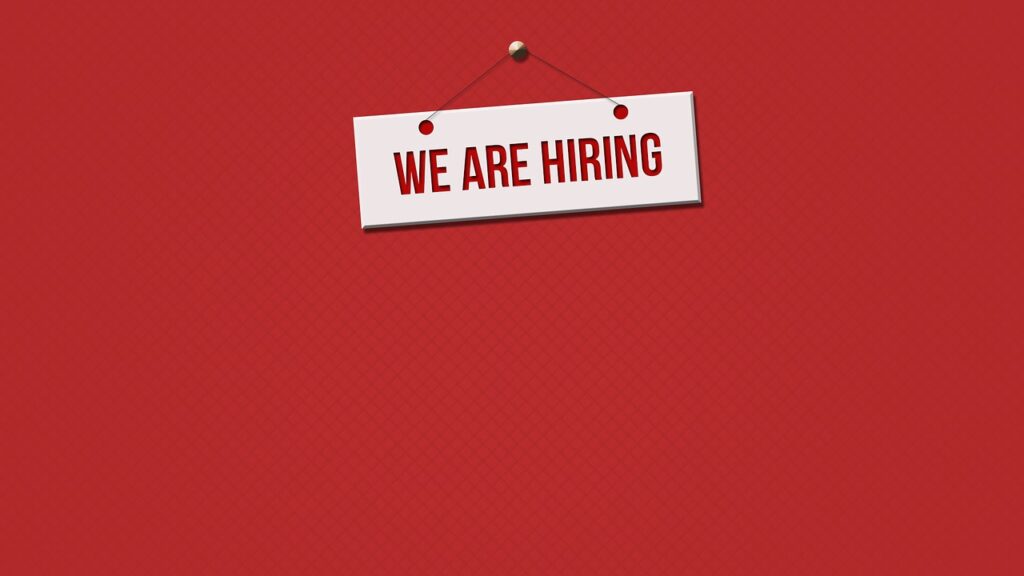Your HR Strategy guarantees quality with regards to staffing. You depend on this indispensable function to attract quality talent to work for you, onboarding them effectively, keep them cheerful, address their worries, and build up their potential. For all intents and purposes all aspects of the client’s involvement with an organization includes a human connection, either specifically or by implication.
From function like Product Development to others such as Field Services, people are vital to achieving desired outcomes, even in areas that are proficiently automated. Employees have a key influence on operations, at various levels, and the implementation of best-practice processes in every function of your business.
The automation and uniformity of the human resource element is, therefore, a crucial, initial path to success.
Contrasting most assets, which depreciate in value, an employee has the potential to grow in value. The quality of an employee’s output is unswervingly linked to HR, making best practices in this region an indispensable and laudable investment.
Here are 3 best practices to guarantee you are recruiting and retaining the suitable people.
- Permanently Keep Talent on Standby
Whether you need them instantly or not, search for good talent. Interview them and keep fostering the relationship so that when you have a vacancy, it gets filled-up by excellent talent.
- Invest in People
Strategically invest in your employees to reap both the rewards that pay off now and in the future. Sending employees to role-specific training, paying certification fees, and supporting them to attend industry events are all good ways to do this. If you can’t send employees to industry events, consider paying for a local membership to a related professional association or offer to pay for online classes.
- Onboard Heavily
You only get a single opportunity to onboard a staff-member and determine the expectations and culture. It’s essential to get it right from the start as habits are usually formed within the first 48 hours. Make sure fresh starters have the tools and information they need to be successful. A properly planned onboarding manual can help you recollect what to cover.





